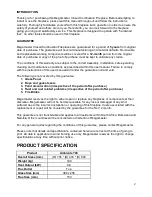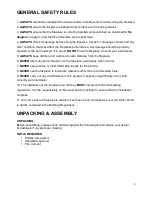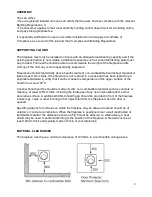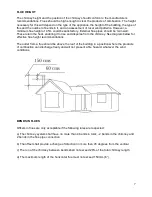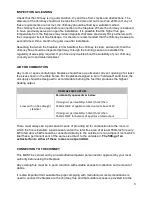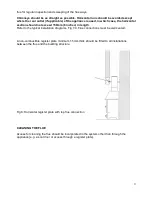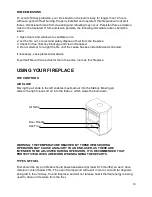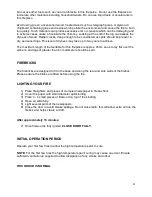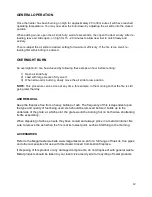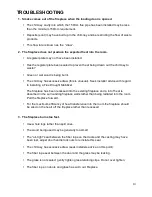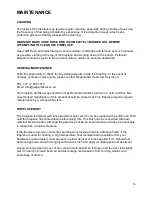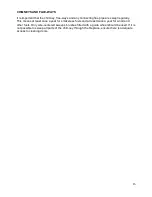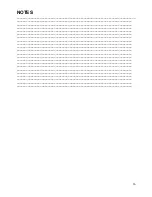
11
Do not use other fuels such as coal or anthracite in this firepalce . Do not use the fireplace to
incinerate other materials including household waste. Do not use liquid fuels or accelerants in
this fireplace.
Avoid using ‘green’ unseasoned wood, treated wood such as telegraph poles, or plywood /
chipboard containing glues and resins which pollute the environment and cause the fire to burn
too quickly. Such materials can produce excessive tar or creosote which can be damaging and
in extreme cases cause a fire inside the chimney. Looking at the end of the log can assess the
dryness of wood. Radial cracks, deep enough to be considered as splits should be present in
dry, seasoned logs. This level of dryness may take up to two years to achieve.
The maximum length of fuel suitable for this fireplace is approx. 25cm so as to lay flat over the
embers, and logs of greater than 6 cm diameter should be split.
FIREBRICKS
The firebricks are designed to fit in the base and along the rear and side walls of the firebox.
Please ensure the bricks are fitted before using the fire.
LIGHTING YOUR FIRE
1) Place firelighters and pieces of crumpled newspaper in firebox floor.
2) Cover the paper with small diameter split kindling.
3) Place 3 - 4 small pieces of firewood on top of the kindling.
4) Open air slide fully.
5) Light several parts of the newspapers.
6) Close the door to avoid smoke spillage. Do not close latch, this will allow extra air into the
firebox and helps create a draft.
After approximately 10 minutes:
7) Once firewood is fully ignited,
CLOSE DOOR FULLY.
INITIAL OPERATION PERIOD
Operate your first few fires to allow the high temperature paint to cure.
NOTE:
For the first few fires the high temperature paint curing may cause an odour. Ensure
sufficient ventilation is supplied to allow dissipation of any smoke and odour.
THIS ODOUR IS NORMAL


